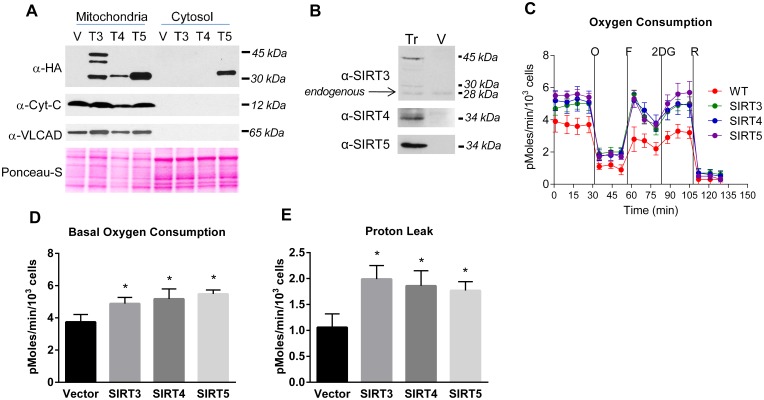Figure 1. Effect of mitochondrial sirtuin expression on the cellular oxygen consumption rate.
(A) HEK293 cells stably transfected with either HA-tagged SIRT3, SIRT4, SIRT5, or the empty plasmid vector (V) were fractionated into mitochondria and cytosol and subjected to western blotting with anti-HA to visualize the tagged sirtuins. Anti-cytochrome-C (Cyt-C) and anti-very long-chain acyl-CoA dehydrogenase (VLCAD) antibodies were used as markers to demonstrate that the mitochondria were intact. Ponceau-S staining served as a loading control. (B) Anti-sirtuin western blotting of stably transfected (Tr) HEK293 cell lines versus vector (V) transfected control cells picks up the same isoforms as anti-HA blotting in panel A, and also visualizes weak expression of endogenous SIRT3 (indicated with arrow). No endogenous SIRT4 or SIRT5 were detected under the conditions used. (C) Equal numbers of the stably transfected HEK293 cells were subjected to oxygen consumption measurements in a Seahorse XF24 extracellular flux analyzer, with sequential additions of the metabolic inhibitors/activators oligomycin (O), FCCP (F), 2-deoxyglucose (2DG), and rotenone (R). The measurements were done in quadruplicate wells of cells. The experiment was repeated with similar results. Oxygen consumption data over the first 30 minutes was averaged to yield the basal oxygen consumption parameter (D). Proton leak (E), defined as oligomycin-insensitive oxygen consumption was calculated by averaging the data over the second 30 minute period (following oligomycin injection). All graphs depict means and standard deviations, and *P<0.01.

